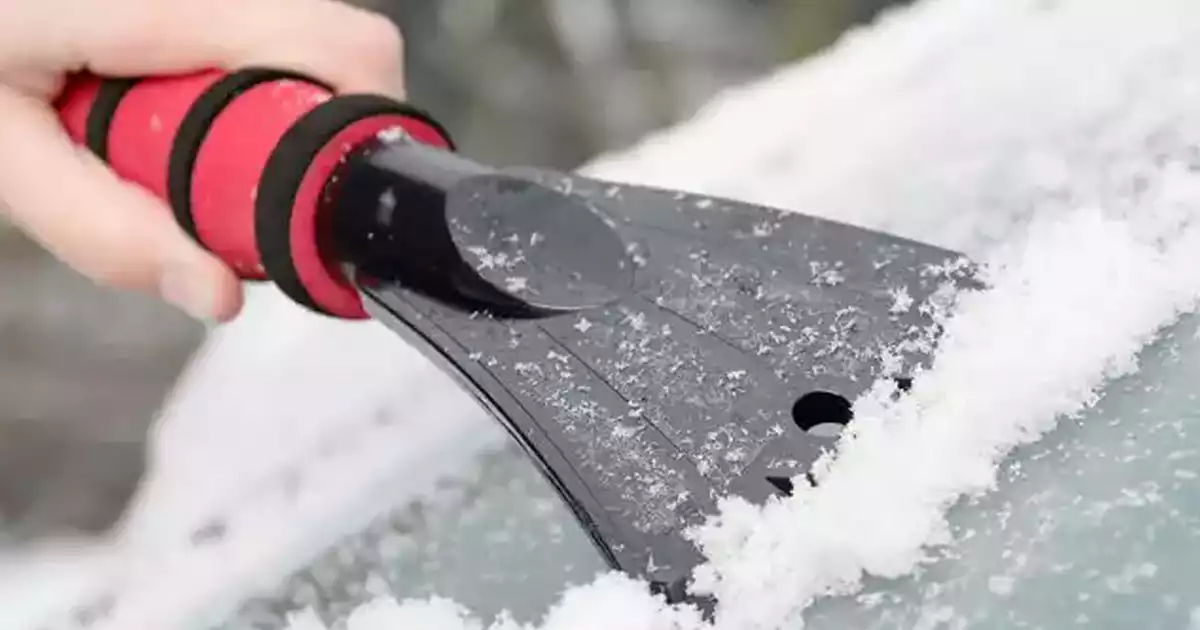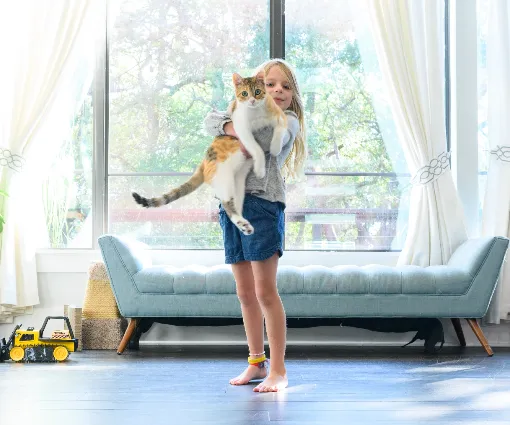What Are the Effects of Air Pollution: Everything You Should Know About Air Pollution
2 minute read
The level of environmental pollution emitted in the winter by cars, factories, and more remain a constant—and with the effects of global warming in the mix—it’s more important than ever to learn about air pollution, from the causes to the impacts.
All About Air Pollution
You’re not alone if you’ve noticed colder winter temperatures make environmental pollution more visible. But what makes pollution more visible, and worse, in the wintertime? And how can it affect your health and home? We break it down.
Luckily, the EPA has some great tips to help you avoid air pollution and protect your Indoor Air Quality when temperatures start to drop!
What are the Effects of Air Pollution?
Car Exhaust, Coal-Burning, and More Air Pollution Causes
A cold car is the worst in the winter and as a result, idling cars are more common as people wait for their vehicles to warm up before they drive off. Unfortunately, this leads to a slight uptick in vehicle emissions, which contributes to environmental pollution!
Instead, you may look for ways to stay warm at home but with fireplaces, furnaces, and wood-burning stoves hard at work, heightened energy production (often in the form of coal-burning) and consumption skyrocket. With large factories and businesses relying on these products to operate, it’s only adding to the problem.
Outdoor Air Pollution’s Indoor Impact
Leaving a warm bed on a cold morning is difficult, which is no wonder we spend more time indoors during the winter. But, knowing our indoor air is often five times more polluted than the air outside, it makes us more susceptible to the effects of poor ventilation and increased carbon dioxide levels.
When it comes to learning about air pollution, it’s key to know: Even things that are positive for efficient home heating can lead to air quality concerns that affect the health of your home and the people inside it. Installing an AprilAire Whole-House Ventilation System helps increase the distribution of fresh air in your home, even when insulation and tightly sealed homes try to prevent it. Plus, AprilAire Whole-House Air Purifiers purify that fresh air, making breathing easier than ever.
The Impact of Temperature Inversion
Cold temperatures can trap pollutants near the ground through a process called a temperature inversion. This happens when a layer of warmer air sits above the colder air at the surface, acting like a cap that traps in pollution and allergens. This is especially common in areas where wood-burning is common practice during the winter.
As a result, smog, smoke, carbon dioxide, and other sources of environmental pollution can stay around for long periods of time, and they usually don’t get broken up until a weather event like wind, rain, or snow comes through the area.


